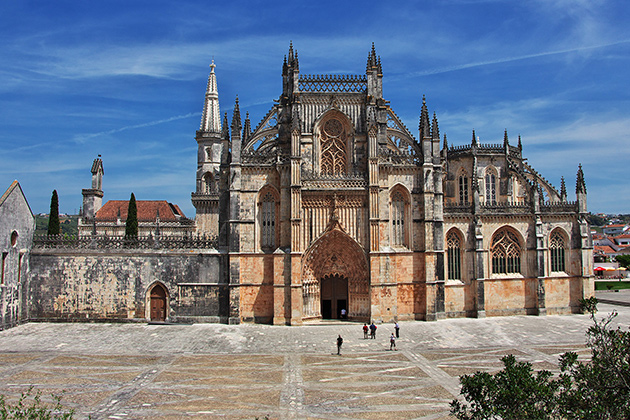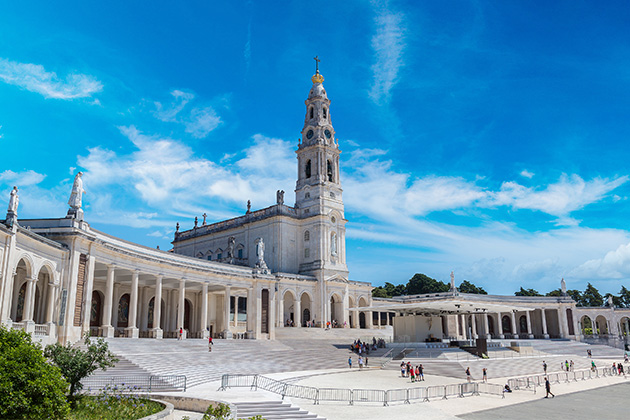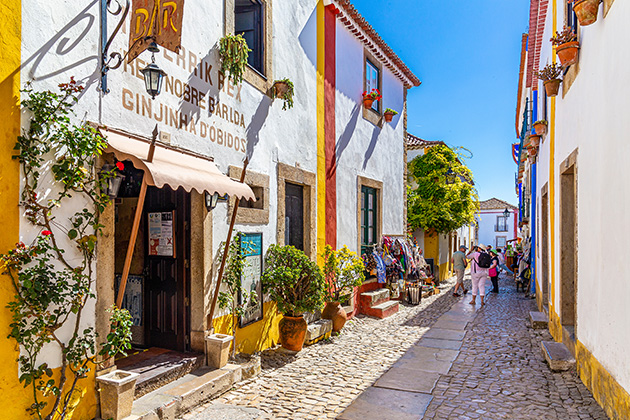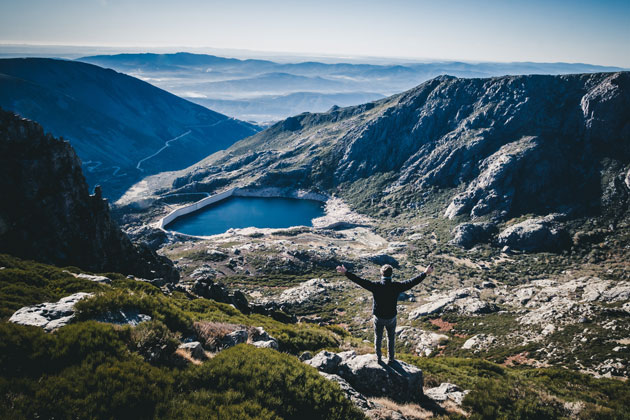
Portugal’s geography makes it a very diverse country, in terms of landscapes. With the hills in the north, the plains to the south and the Atlantic to the west, it is a country for all tastes, but especially suited for nature lovers.
Portugal’s nature reserves are the best examples of this green and natural territory. Discover the interior of Portugal, all the while enjoying cultural or adventure tourism. Take hikes along surprising trails, or simple commit to memory the indescribable landscapes.
14 nature reserves to explore in Portugal
North
The north of Portugal boasts five of the country’s 14 nature reserves. From the upper northeast of the Trás-os-Montes region, to the International Douro, there are landscapes worth discovering. These are the region’s five parks.
Montesinho Natural Park
With a sober landscape, smooth elevations and beautiful river valleys, this Trás-os-Montes nature reserve is a magical place. The typical village communities and the rich heritage stand beside the hiking trails which will transport you to unique spots.
Must see: Montesinho, Rio de Onor, Vinhais biological park, Guadramil, Gondesende.
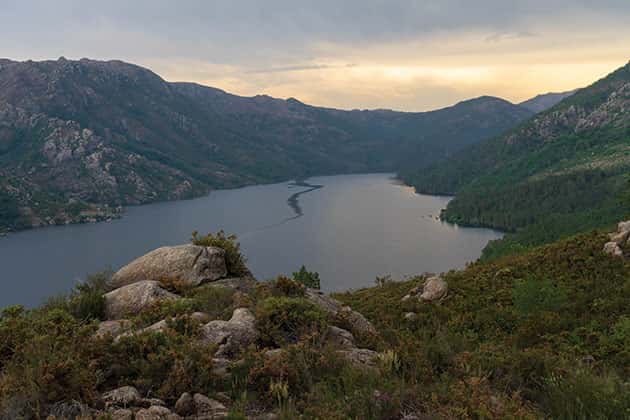
This was the first nature reserve to be created in Portugal. The park encompasses a hilly area, with a wealth of culture and nature. Among the breath-taking landscapes you’ll find a network of trails which you can take by car, on foot, bicycle or horseback, but which you will not want to miss out on.
Must see: Pitões das Júnias, Tourém, Castro Laboreiro, Montalegre.
Douro Internacional Natural Park
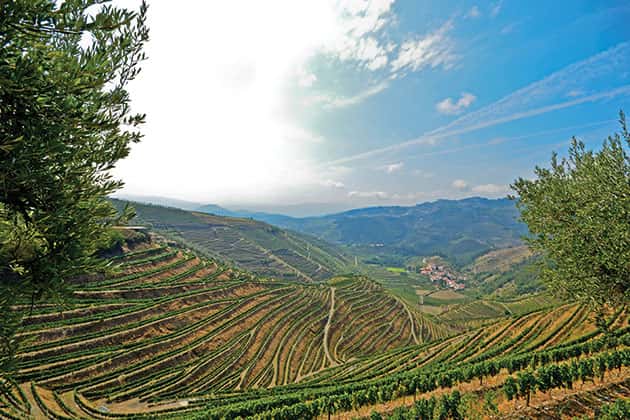
This park occupies around 120 km of the Portuguese side of the border, between the margins of the Douro River and its tributary, the River Águeda, on the frontier with Spain. The steep riverside cliffs, with their natural beauty, make this one of the most stunning reserves in Portugal. There are plenty of reasons to visit, including the museums, the regional cuisine, boat trips along the Douro, nature watching and a variety of sports, ecotourism, wine tourism and adventure tourism activities.
Must see: Miranda do Douro, Mogadouro, Figueira de Castelo Rodrigo.
North Coast Natural Park
Located between the mouth of the River Neiva and the Apúlia beach, this reserve occupies 8,887 hectares. The windmills are a typical landmark and stand out in a landscape of sea and river beaches, with marine habitats, cliffs, dunes and estuaries which are worth a visit.
Must see: Apúlia windmills, the Cávado Estuary Belvedere, Esposende.
Alvão Natural Park
The beauty of the natural scenery and the diversity of animal species in the region make the Alvão a point of particular interest. The Fisgas de Ermelo waterfalls, which fall from a height of around 250 meters, are one of the main attractions of all nature reserves in Portugal. The park is located between the Minho and Trás-os-Montes, near Mondim de Basto and Vila Real.
Must see: Vila Real, Mondim de Basto, Fervença and Ermelo.
Central Portugal
The Estrela Mountain is the highest point on mainland Portugal, and a destination for nature lovers visiting the region. But the Tagus River and the hills further south are also calling cards for this group of Portuguese nature reserves.
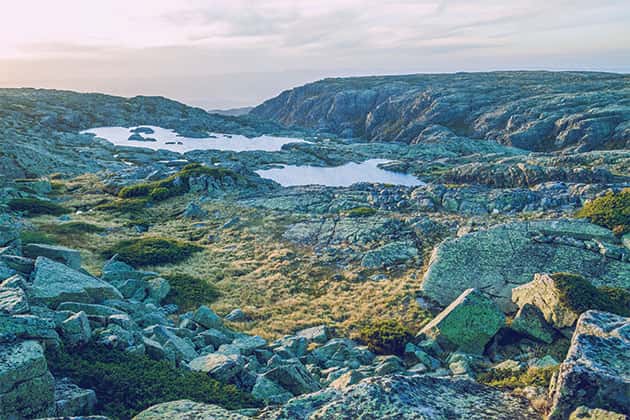
This is Portugal’s largest nature reserve and includes the highest point in mainland Portugal, the Torre, which is 1991 meters high. In the winter, if you’re lucky and it snows, the ski slope will open, to the delight of young and old alike. Discover the heritage of this magnificent landscape, which varies between green meadows, rocky cliffs, lagoons and glacial valleys.
Must see: Loriga river beach, Piornos, Rossim Valley.
Tejo International Natural Park
This reserve is located in one of Portugal’s most scarcely populated areas, which is strategic territory for the preservation of certain species of birds which nest on the margin of the Tejo and Erges rivers. Delight yourself watching the birds and other animals which live in the wild in this park, or simply visit the region which is so rich in terms of history, culture and nature.
Must see: Idanha-a-Nova, Castelo Branco, Salvaterra do Extremo.
Natural Park of Aire and Candeeiros Mountains
Let yourself be taken by surprise by these caves which are open to the public, with their magnificent stalagmite and stalactite formations and underground water courses, which span the districts of Leiria and Santarém. With some luck you can see one of the many colonies of bats which inhabit the area.
Must see: Porto de Mós Castle and ecotrail, Nazaré, Óbidos, Rio Maior salt pans, Mira d’Aire caves, Alviela springs, Algar do Pena Caves, Alcanede castle.
South
This is where you will find most of the nature reserves in Portugal. Between the Alentejo and the Algarve, not to mention the treasures closer to the capital, Lisbon. There are plenty of reasons to go out in search of nature.
Serra de São Mamede Natural Park
This is the most important of the Alentejo hills, and its lush scenery stands apart from the typical Alentejo landscape. Dolmens, menhirs, fortified camps and Roman bridges are some of the traces left on one of the most diverse landscapes in Portugal over the past millennia.
Must see: Museum of the Roman City of Ammaia, Marvão, Castelo de Vide.
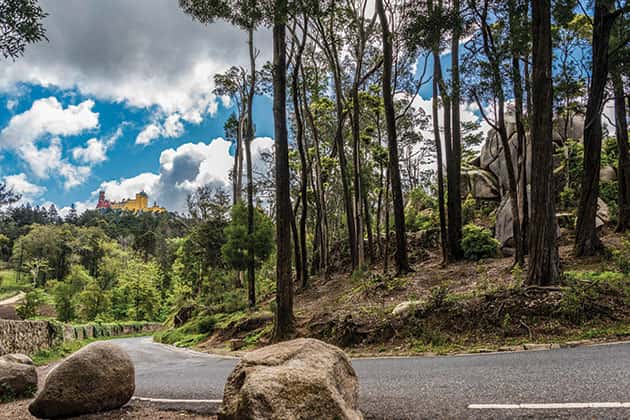
Classified by UNESCO as World Cultural Heritage, this reserve is marked by the stunning beauty of the coast, with high cliffs dotted by beaches and dunes, and stretches out over an extensive rural area, rich in vines and fruit groves. The magnificent Sintra hills, surrounded by mysteries and green and exotic landscapes could well become your next passion.
Must see: Pena National Palace, Cabo da Roca, Peninha, Lagoa Azul, Moorish Castle, Quinta da Regaleira, Sintra National Palace, Boca do Inferno.
Arrábida Natural Park
This park is located in the Setúbal wine region, and its main points of interest are the cliffs, caves and bat colonies, as well as the forts and a convent which dates back to 1500. The dolphins which can be seen off the Sado river bay are also an important attraction.
Must see: Cabo Espichel, Serra da Arrábida, Galapinhos beach, Arrábida port, Ribeiro do Cavalo beach, Figueirinha beach.
South West Alentejo and Vicentine Coast Natural Park
Dunes, marshes, beaches, cliffs, small islands and isolated rocks are all part of the landscape. This park occupies a two kilometre wide stretch between the Alentejo and the Algarve coasts, which is why the ocean and the horizon are such striking elements. The biodiversity and the marvellous beaches make this a destination that nature lovers will not want to miss.
Must see: Paul de Budens, Baleeira Port, Vila do Bispo, Burgau Fortress, São Vicente Cape.
Guadiana Valley Natural Park
This park is set on a rolling plain, covered by dry farmland and cork groves, in the gorgeous Guadiana River. It is a well preserved wild area, which is particularly interesting for birdwatchers and anybody who enjoys hunting, fishing, water sports and hiking in nature.
Must see: Mértola, Azenhas do Guadiana, Castro Verde, Mina and São Domingues river beach, Pulo do Lobo.
Ria Formosa Natural Park
This park is made up of two peninsulas, five islands and six sand bars along the Ria Formosa in the East of the Algarve. On the side of the river you can find marshes, pine forests and agricultural land, whereas the ocean side is made up of high dunes and long beautiful white sandy beaches. The reserve is worth visiting any time of the year, be it for the natural beauty of the winter months, or the fantastic beaches in the summer.
Must see: Culatra and Armona islands, Faro, Tavira, Cacela-a-Velha.
Useful advice for visiting Portugal’s nature reserves
- Check the weather forecast and avoid activities on days in which rain, lightning or fog are expected;
- Avoid going up into the hills by yourself but, if you do, make sure you let somebody know where you are heading off from and when you get back;
- Take warm clothes, supplies, water, sun screen and/or a raincoat. A cell phone, lantern and lighter might also come in handy;
- Be careful when walking in moist and rocky areas, to avoid falls.

